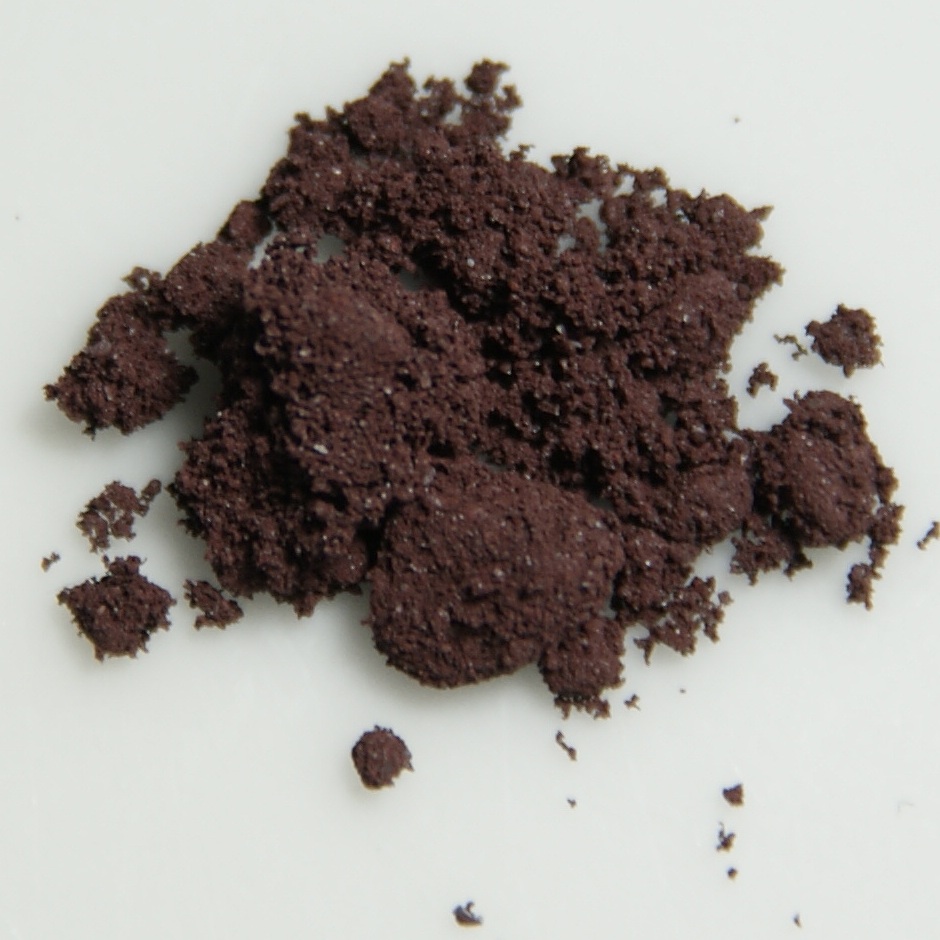Discussing Phosphorus

Phosphorus is an essential component of cell membranes and plays a role in photosynthesis, respiration, energy storage and transfer, cell division, cell enlargement and several other critical processes in the living plant.
Phosphorus almost always underpins the success of our crops and pastures, but how it works is sometimes misunderstood and this impacts decisions about its use, explained Heath Boseley of Pinnaroo Fertilizers.
As a fertiliser, phosphorus is an integral part of the history of agriculture in Australia. Our soils are inherently low in the nutrient so when Super Phosphates became available, they hugely improved the viability of farming across the country. And then in the1970s when high analysis fertilisers came on to the market much more was learnt about the importance of balancing phosphorus with other nutrients to suit each crop and soil type.
Phosphorus is an essential component of cell membranes and plays a role in photosynthesis, respiration, energy storage and transfer, cell division, cell enlargement and several other critical processes in the living plant.
In annual crops, it is particularly important that roots have access to readily available phosphorus in the early stages of crop development as it helps rapid development of the roots. It also improves cold tolerance, increases water use efficiency, contributes to disease resistance, and is essential to the quality of the harvest.
When it comes to plant uptake, it is well known that phosphorus tends to stay in the vicinity of its placement. So with this in mind, placing it for good root access has been one of the driving factors in the great technology innovations we have seen in sowing equipment. It is also well known that nitrogen improves the uptake of phosphorus. When nitrogen is included in the seeding blend with phosphorus, you get even more value out of your phosphorus. As most farmers know, this has motivated the shift from straight super to tailored blends, especially for pastures like veldt grass.
“But phosphorus has one more unique characteristic that farmers have to take into account,” suggested Brian of ABL Agriculture. “Much of it tends to bind to soil particles only gradually becoming available to plants over following seasons.” Brian continued, “I once heard it likened to bank accounts; You can consider the phosphorus you’ve applied to a deposit in a cash account. You add the phosphorus to be able to draw on it straight away and grow a crop. But the soil bank requires that some is diverted to a term deposit. The phosphorus bound up in the term deposit is still valuable to you but the return is so slow that on its own its rarely enough to support a high production crop. In dry years, this can be a trap as it’s easy to think that following a poor crop in a dry year, the unused phosphorus will still be available but in fact most will be bound up in your term deposit. The new season will require new phosphorus in your cash account in order to achieve high performing crops.”
The best way to be sure of the status of your phosphorus is by tracking soil tests over several seasons. That way you can be confident in your fertilizer decisions.
Article provided by AFSA Members - Brian Lund, (ABL Agriculture, Coonalpyn SA 0428 813 652) and Heath Boseley, (Pinnaroo Fertilizer, Pinnaroo,SA (08) 8577-810)